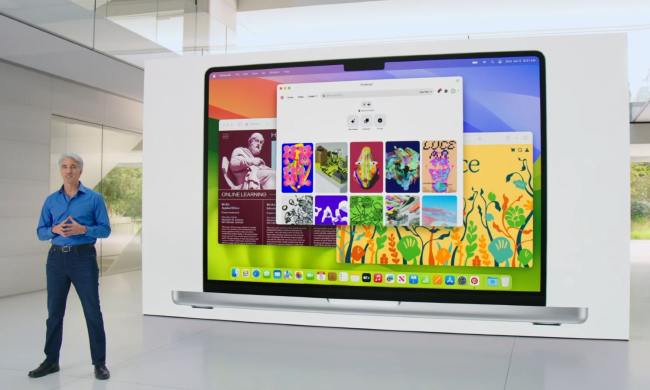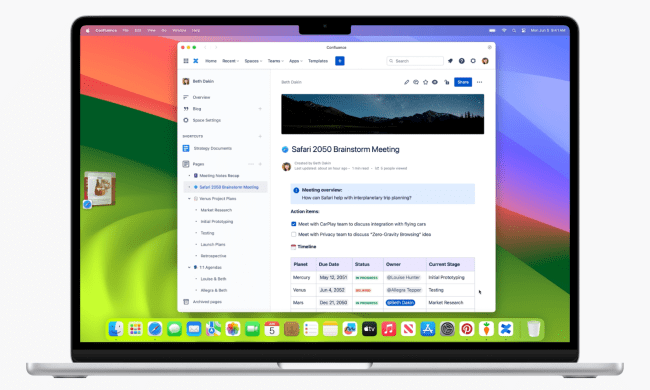SharePlay is a new feature in MacOS Monterey that lets an entire FaceTime group watch or listen to the same content. That’s great for a shared movie night when you can’t all join in person, for example, or if you want everyone to hear the latest track from your favorite artist.
SharePlay requires MacOS Monterey, iOS 15, or iPadOS 15. It likely won’t make it into the initial launch of these systems this fall but should come in an update shortly after release. In this article, we are going to show you how to use SharePlay in MacOS Monterey. If you don’t have it yet, make sure you read our guide on how to download MacOS Monterey to your Mac.
At the moment, you can only share content from Apple’s TV or Music apps. However, Apple is working on an API that will allow third-party apps and services like Disney+ and HBO Max to offer SharePlay for their own content.
Step 1: How to share movies, music, and more

Launch FaceTime on your Mac, then open its settings by clicking FaceTime > Preferences in the menu bar. Click the SharePlay tab, then make sure the SharePlay checkbox is ticked.
Start a FaceTime call, then bring up content you want to share in Music or TV. Once the content is playing, everyone on the call will get an option to join the SharePlay session. In iOS 15, for example, an alert will appear in FaceTime saying Join SharePlay, with an Open button to the right.
Step 2: Shared controls

Each person who has joined a SharePlay session can control the playback of the content. For example, pressing the pause button will pause it for all participants. When you are ready to finish sharing, click the SharePlay icon in the top-right of your Mac screen, then click the X button next to the shared content. You can choose to stop sharing the content with everyone, or to just end its playback for yourself.
Step 3: Receiving content

Experiencing content sent by someone else during a FaceTime call is straightforward too. If you’re sent content during a call, an alert will ask if you want to Join SharePlay for the content in question. If you have previously done this and told your Mac to automatically join SharePlay sessions (see step 4), a notification will appear in the top-right of your screen telling you content has been shared. Hover your mouse pointer over the notification. If someone is sharing content from the Music app, for example, you will see a View button. Click it and the relevant app will open with the content playing.
Step 4: Menu bar controls

When the content starts playing, a SharePlay icon will appear in your Mac menu bar, indicating you are currently sharing content. Click it to see what is being shared. Hover over the content and an X appears, which you can click to end the playback. Click the SharePlay icon on the right to see a handful of options, including whether your Mac should automatically play shared content or ask first.
A few things to note
SharePlay might not work if people on your call are in a different region, due to some content being region locked.
As well as that, you cannot share content that other users do not have access to. For example, you can share free episodes and content from the TV app, but shows that require an Apple TV+ membership cannot be shared with people who do not have a paid subscription.



